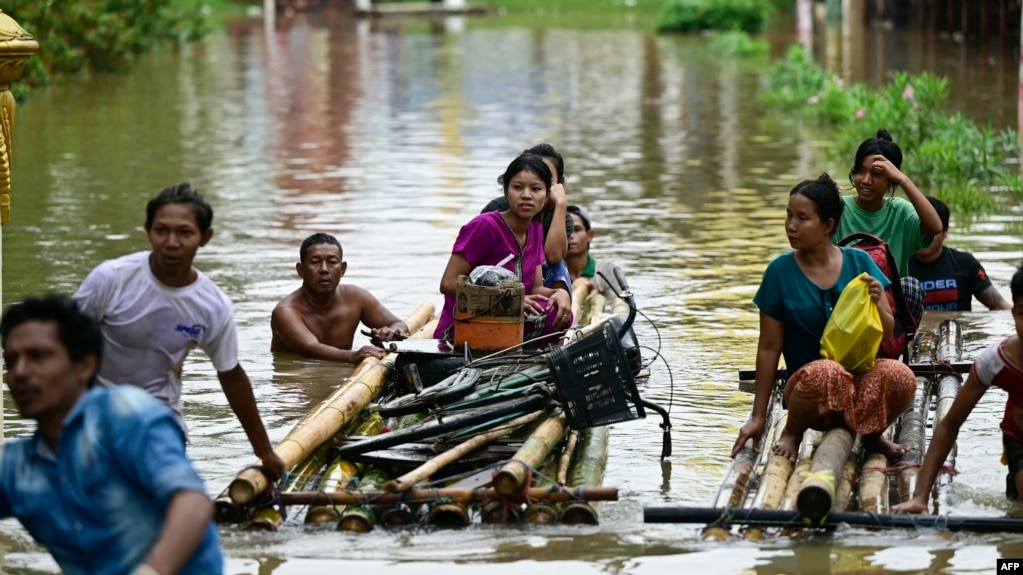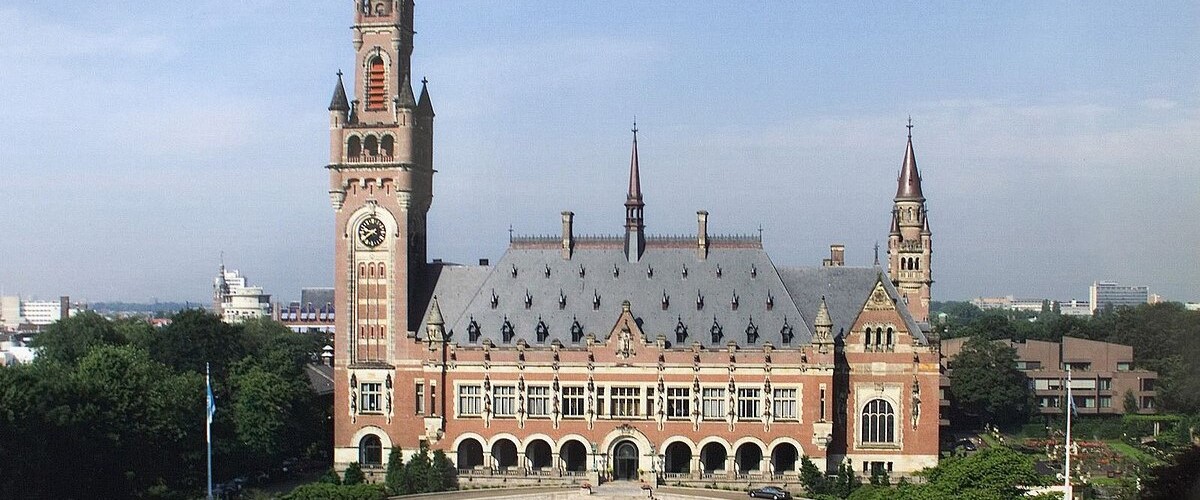Residents of Mexico City suburb are anxious after living over a month in black sewage water
With the receding liquid now down to her ankles, Salazar waddled into her furniture-less bedroom, where only a water pump hummed in the corner. Large black blotches stained the once white walls.
Sewage-infused floodwaters have invaded streets, homes and businesses in Salazar’s Culturas neighborhood of Chalco for over a month.
The low-lying area at the edge of what was once an ancient lake has long been plagued by seasonal flooding, but residents say this year has been worse, a combination of unchecked growth and failing infrastructure.
According to Chalco’s government, more than 2,000 homes and over 7,000 residents have been affected. The water was as deep as 5 feet in some areas.
Over the past several weeks, Salazar has used four pumps running around the clock to clear water from her home. Her hands and legs are stained with black and gray streaks from coming into contact with the tainted floodwaters.
“Day and night we couldn’t sleep, the water just rose and rose,” she said.
“I’ve been saying for years that the drain systems have collapsed,” said Salazar. “I haven’t been able to work because I have to take care of my things, my daughter hasn’t been able to take her son to school … we’re just surviving.”
Omar Arellano-Aguilar, a biologist and expert in environmental toxicology at the National Autonomous University of Mexico, said the combination of drainage failures and the geological structure of the area makes it more vulnerable to floods.
“All of these urban areas have grown haphazardly over the last 50 years,” he said.
A city of more than 400,000, since the late 1980s Chalco has grown to become one of the largest cities in the State of Mexico, but it still lacks basic water and power infrastructure.
Mexico’s President Andrés Manuel López Obrador has downplayed the crisis in Chalco and said he wouldn't pay the disaster zone a visit.
“It's being taken care of,” he said during one of his daily press briefings last month. “It's the same reason I didn't go to Acapulco,” referring to the immediate aftermath of Hurricane Otis that killed at least 48 people. “It's like vulture season,” he said regarding the press asking him about it.
State Gov. Delfina Gómez has visited the neighborhood a handful of times. The governor and Chalco’s government did not respond to requests for interviews from The Associated Press.
Local, state and federal officials have been working in the area, using massive pumps to lower the water, vaccinating residents and providing potable water.
Outside of Salazar's home, the sun pounded on the neighborhood as the acidic stench of the sewage water and silt stretched for miles.
A block away, Oscar Martínez Hinojosa, 49, adjusted the hose for one of his water pumps.
Martínez said that when the flooding started they weren’t given any boots or protective clothing by the government. “They didn’t give us anything, no food, not a single pair of overalls ... and we asked for them," he said.
Martínez lives with his five family members crowded into a top floor room where there is no damage. Downstairs, the courtyard and other bedrooms are swamped with ankle-deep water.
Another resident, Guadalupe Sarai Islas García, 32, said health problems have abounded from the sewage water. Her baby was throwing up and experiencing diarrhea for over a week when the flooding persisted.
“None of the politicians know what it’s like to live like this,” she said. “They get to go home, have a shower, dine in peace and sleep without a care in the world.”
Since her home flooded weeks ago, she sent her kids to stay with her mother so they wouldn’t be exposed to any more filth. Other residents have taken similar precautions and even started renting rooms in neighboring Ciudad Nezahualcóyotl.
However, the dozens of trucks from the state and local governments lined up on Chalco's main street pumping tons of water from the neighborhood have helped reduce the water.
Residents who have managed to lower their water levels are now removing debris and silt from their homes.
As of last weekend, authorities reported there were no flooded streets remaining and that they had removed 245 tons of silt. They have also extracted more than 264 million gallons of water. They also began cleaning and disinfecting 28 streets affected by the flooding.
At a primary school located off the main intersection, Principal Maria Luisa Molina Avila said she felt positive about the latest renovations they had done to the grounds after flood damage to the school. The flooding delayed the start of the school year by two weeks for thousands of students.
“This has been like a rollercoaster, however fortunately many of the streets are now dry,” she said. Along with her daughter and son they drained, swept and cleaned the school to prepare for students' arrival.
“It's a relief for the kids they get to go back to school,” said resident García. “Now that our stress has been at an all time high.”
Back across town, Salazar made her way to a street corner accompanied by her dog “Oso” or “bear” to attend a neighborhood meeting. She gathered with others waiting for further updates about the construction of a drainage pipe that was set to start that morning.
As the afternoon rain started to sprinkle, a crowd of residents grew frustrated at the officials leading the construction. “Where’s the solution to this?” one person said. “We want you to start working! Look it’s already raining,” another yelled.
Standing patiently at the edge of the crowd with “Oso,” Salazar took in the scene silently. Like many of her neighbors, she’s patient for a solution.
But Arellano-Aguilar doubted retroactive fixes would work in the ever-sinking terrain. “For all the pipes they add, nothing is going to change," he said. "On the contrary, all the infrastructure that's put in now will suffer the effects of subsidence.”
Besides investing in more capable drainage systems, Arellano-Aguilar said stakeholders need to think about areas in the basin where they can redirect rainwater.
“We need to start learning how to live alongside the water and accept that there are areas that have to be flooded,” he said.



















